Many parents prefer solely the great for their children, and strive to provide them everything a mother or father can provide them. If parents are able, they might also give grown or growing children items like money for college or the down fee on a new home.
However, parents can do their youth a large choose by using giving them something else: the understanding to manipulate cash responsibly.
It is by no means too late to instruct your adolescents about responsible cash management. While it is proper that teens can learn about cash early in their lives, even teens nearing college-age are now not too historical to begin getting to know how to handle money responsibly.
Financial management may additionally or may additionally not be taught at school, so educating economic responsibility at home is virtually worthwhile. Additionally, kids might also run a higher threat of developing up to make awful monetary decisions, if they do now not analyze fundamental money values at home.

FWStudio/shutterstock.com
Lesson 1: Money Doesn’t Grow On Trees

Most parents provide their youngsters a weekly allowance in alternate for nothing. Sadly, that’s not realistic. I mean, how excellent would it be if we acquired cash for doing sincerely nothing? It’s ok to offer your children a base allowance, however educate them a treasured lesson by means of supplying to pay them small sums of cash in change for finishing abnormal jobs around the house. They’ll quickly the valuable lesson without you announcing a phrase – the more difficult you work, the extra you earn.
Lesson 2: Save, Save, Save

Kids can be demanding. There’s continually something new that they want, however you can’t usually have enough money. Show them how to save cash in order to accumulate their wants. Offer to suit their savings (or a percentage of their savings) until they’ve stowed away adequate to purchase the preferred item. If anything, it’ll train them about delayed gratification, curb impulse buying, and help them to make smart spending decisions.
Lesson 3: Budget Is Brilliant
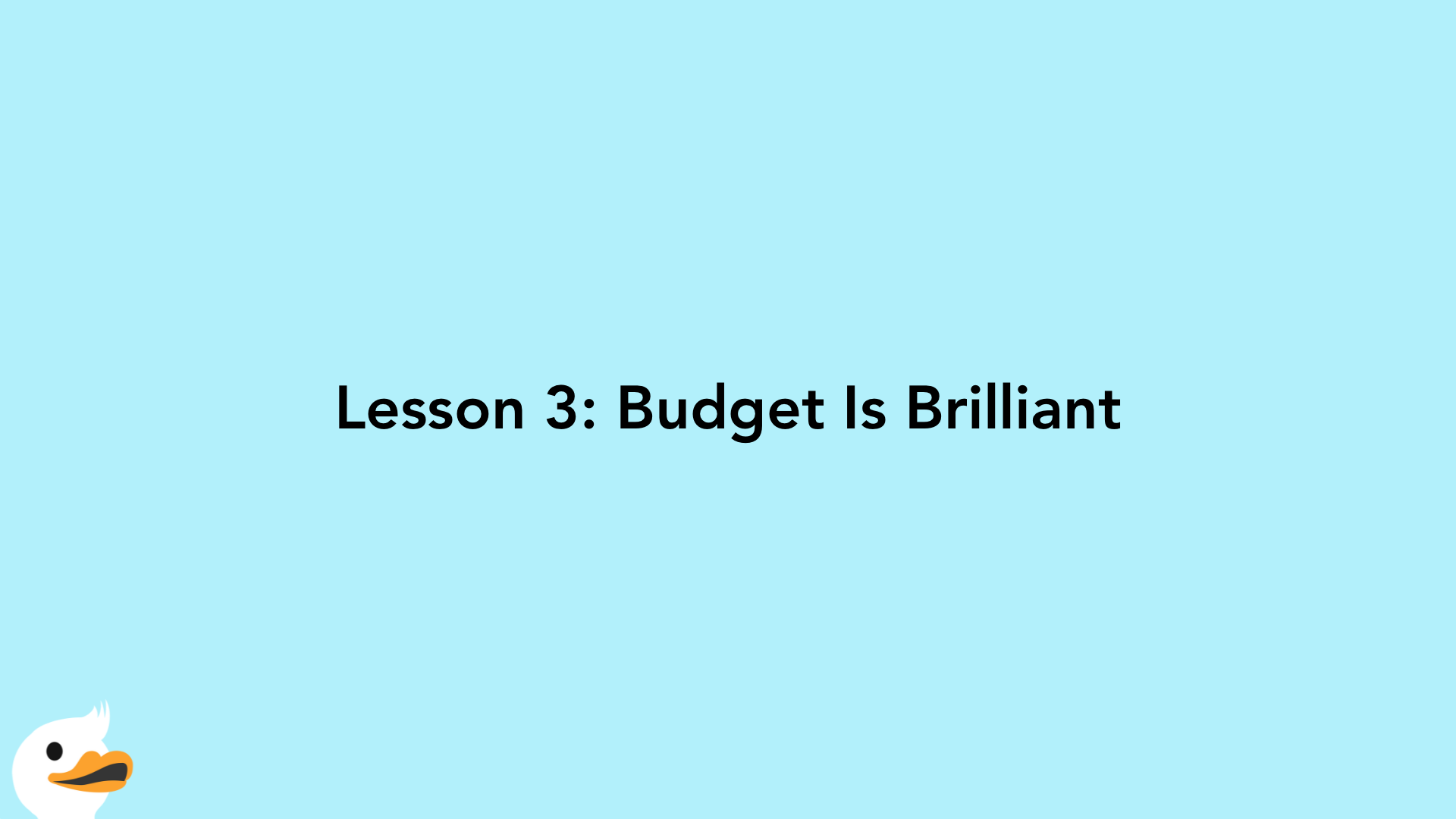
It’s tough for teens to understand the concept of bills. They have no idea how tons cash you spend every month. When instructing them about budgeting, speak in phrases they can understand. Take their weekly allowance, add that to the money they earn from strange jobs, and after putting some apart for savings, exhibit them how a whole lot they have to spend each week. They’ll soon research to price range for the things they desire rather of spending it all in one place. If they do, don’t assist them out. The satisfactory classes come from mistakes made.
Lesson 4: Two The Difference Between Wants And Needs

When you’re a kid, everything is an absolute want – or so they believe. Teach your youth the distinction early on and they’ll have discovered a very treasured lesson. Take them to the grocery store and ask them to inform you which items in the cart are wants and which ones are needs. This lesson will assist curb impulse buying and the nasty habit of inserting the whole thing on credit.
Lesson 5: The Consequences Of Credit
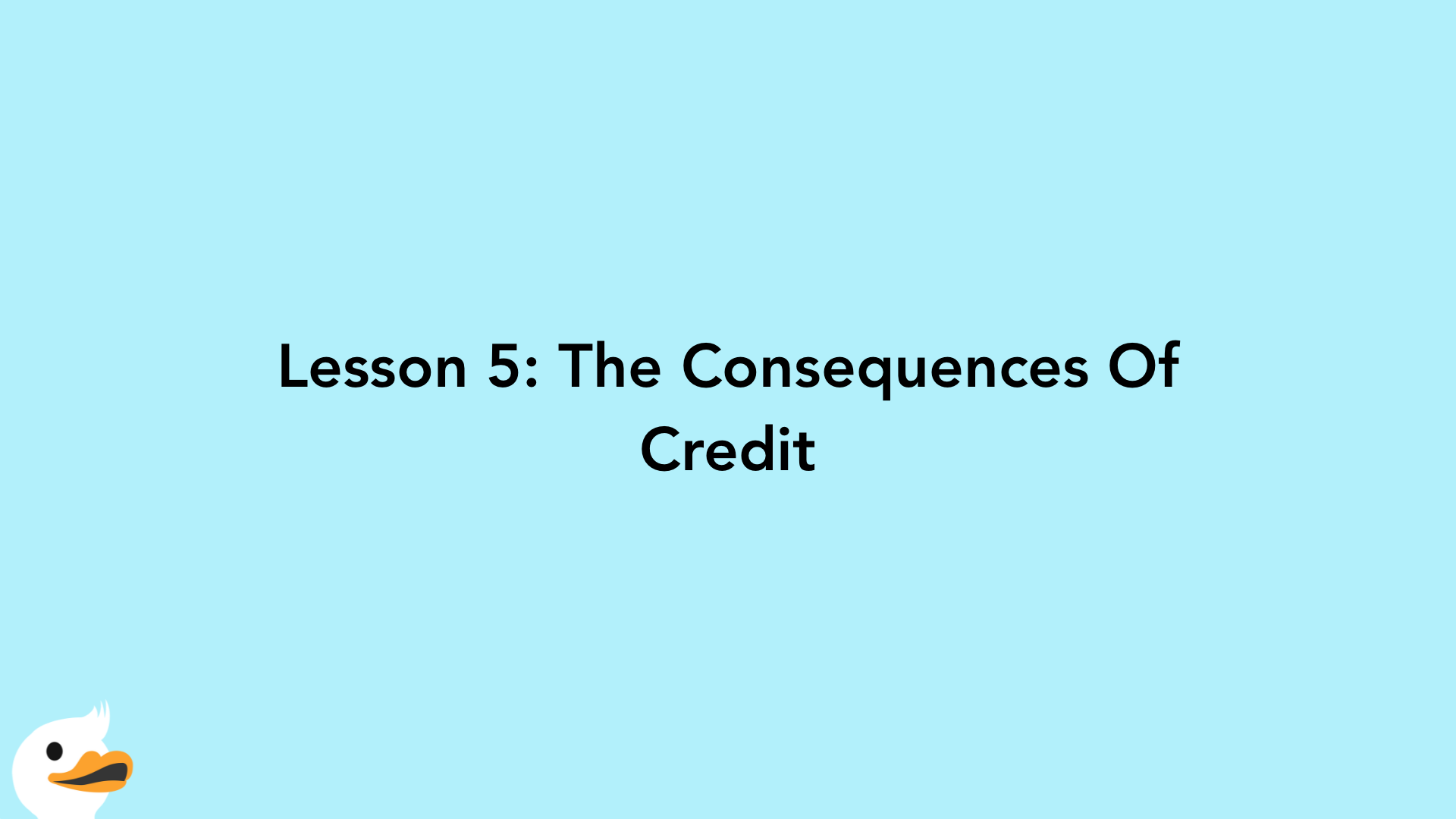
This is any other difficult lesson for kids – deposit and debt – but one that is so vital to study early on. It ties in directly with wants and needs, as well. If you desire to train them in a way they can understand, offer them to pay for a “wanted item” with credit. Be positive to add interest and to show them how it works beforehand. They’ll quickly examine that plenty of their allowance is going back to you, absolutely due to the fact they wanted something right away and couldn’t wait to save. It may be hard for you to watch your baby hand over their money every week, however stick with it. It’s one of the most valuable classes they’ll ever learn.
Life-Changing LESSONS For Every Age

Teaching kids good financial skills from an early age is critical for their personal development. Poor money skills can mess them up financially while good money habits can insulate them from financial challenges as adults. Unfortunately not all parents consciously try to foster money skills in their kids. In fact, about 20% of parents, or nearly one in five, had never spoken with their kids between the ages of four and 18 about money basics. And even if they have, it is not done consistently or they aren’t raising awareness about these money matters at all.
YOU MUST REMEMBER!

Funds Deplete, Credit Cards Incur Debts
Explain to them that you work to make money, and the bank is just a place to keep the money. So the moment you spend using your debit card or the money that you withdrew using the ATM, then those funds deplete. At the same time, explain to them that purchases you made using your credit card have to be paid in full before the due date to avoid interests. As your children become more mature, show them how interest can double or triple the price of an item in just a short period of time.
Money Should Be Earned
Instead of just handing out money to your kids, teach them how to earn it. You definitely don’t want them to think of you as a personal infinite bank account. So by teaching them how to make their own money, they’ll understand its value and how earning it leads to self-sufficiency, independence, and resourcefulness.
When your kids are ready to receive an allowance, talk to them about what housework you’d like them to do in exchange for the same and how often will they be receiving it. Be consistent in terms of how often you “pay” them as this will help them learn how the flow of money works, and how to budget accordingly.
Fun Money Making Activities
Get your kids excited about finding ways to earn money. Have a garage sale, set up a food or drinks stand during summer, and arrange for them to wash cars for neighbors for a fee, or if they’re creative, let them create items like handmade bracelets to sell to friends or through an online store.
Discuss time, not just money. When discussing with your kids about what you are or aren’t spending money on, make the choices more vivid by quantifying the necessary labor behind purchases.
S-ave

Set a good example: Imagine the conflict created within a child’s mind if they are told to be frugal, but they witness Mom or Dad buying cars, electronics or clothes on a whim and falling into careless debt. It’s good to explain spending decisions to a child, such as the difference between a need and a want.
When to say yes. Another positive message is turning today’s “no’’ into a future “yes.’’ For example, “No, we don’t need to purchase that frivolous high-priced gadget that caught your eye at the store, but with the money we continue to save, yes, we can take a nice beach vacation this summer.’’
Visit the bank: Take the child along and open a no-fee savings account for them. Delayed gratification can be a difficult concept, but the benefits of accumulating compound interest sometimes clicks with a child who might equate a short-term sacrifice with earning “free money.’’
Explain credit and debit cards. It’s never too early to point out the uses of financial products, such as the difference between debit cards and credit cards. It might be good to give your child a $50 debit card during his senior year in high school and tell them it has to last through all their spending for a month. By the time children leave for college, they should know how a debit card works and, if they’re ready, apply for a credit card.
B-udget

Make them work for wants: If a child occasionally wants to purchase a non-essential fun item — and who doesn’t? — teach them that reward must be earned. If they don’t have a job, maybe they can earn extra money by helping around the house, washing the car or mowing the lawn. “Sometimes, I’ll agree to go half (on the payment of the item),’’ said Scott Pascal, an insurance professional whose 15-year-old son, David, occasionally wants equipment or maintenance for his dirt-bike. “But I don’t fully give him anything. I want him to identify what he wants, understand the cost, then find a way to earn his end of it. I think you develop an appreciation for what something costs.’’
Offer innovation and inspiration: Beth Kobliner, a best-selling author that has written on age-appropriate financial lessons for children and a member of the President’s Advisory Council on Financial Capability, advocates involving a child in the family’s money decisions. That could include teaching them about generic brands and purchasing items in bulk. Parents could also give the child a small amount of money in a grocery store and ask them to choose the best-value fruit.
Talk about purchase value. Questions can be asked about various purchases. Do we really need this? Is it available at a discount store? Should we not buy this item so we can have more money for eating out later in the week?
S-pend

Have your kids perform a home energy audit. Teach your kids how to read your electric, gas and water bills, brainstorm ways to cut your power consumption, and measure results when the bill comes.
If nothing else, there is one very valuable tool that provides a wonderful financial education for just about any age. Create three jars — labeled “saving,’’ “spending’’ and “sharing.’’
When a child receives money for a birthday gift or earns money for chores, the money can be divided equally among the jars. The spending money can go for smaller items. The sharing money is for charity. The saving money should be accumulated to purchase more expensive items. As with any meaningful exercise, a child learns how to save money by making good choices.













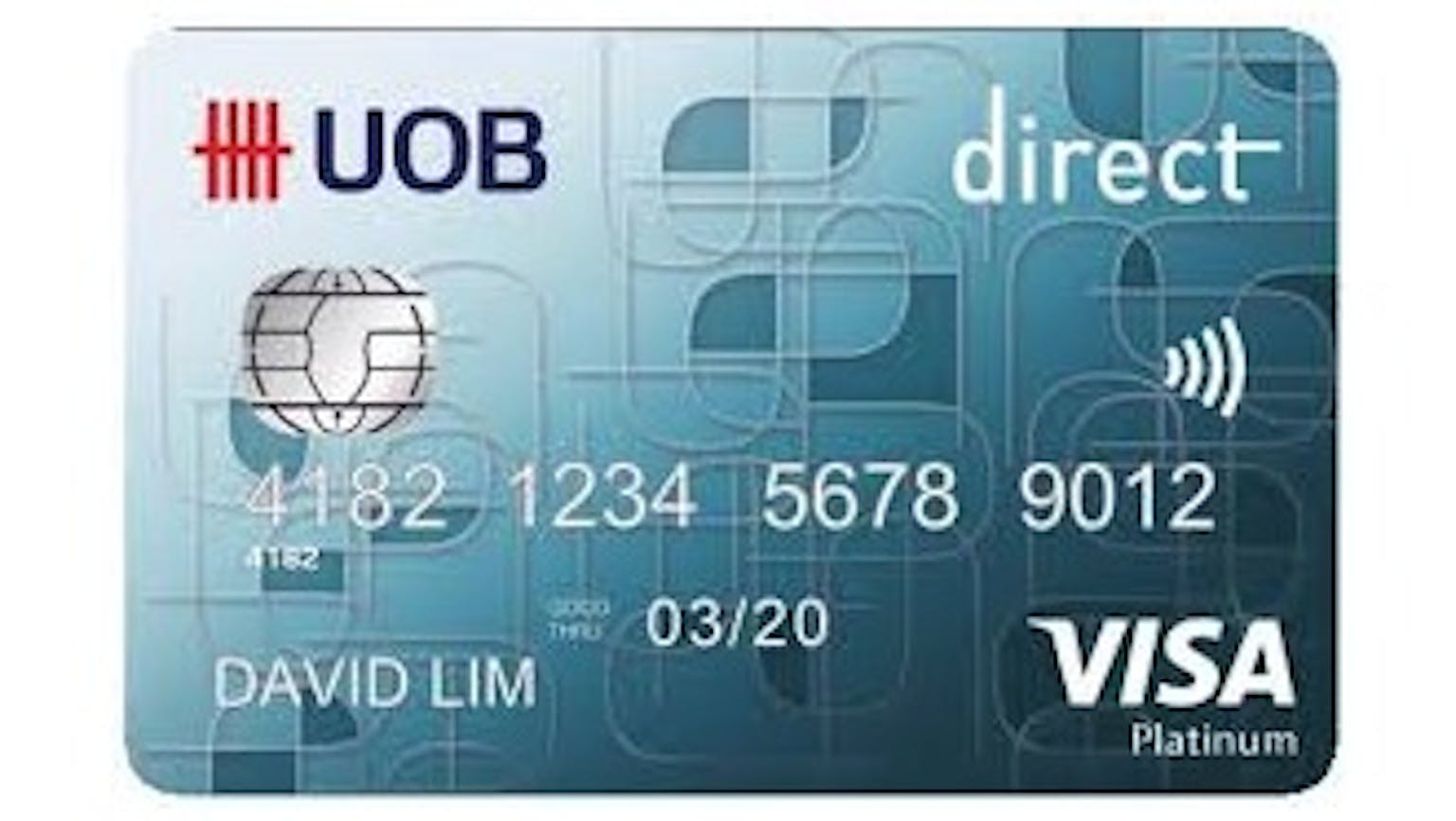
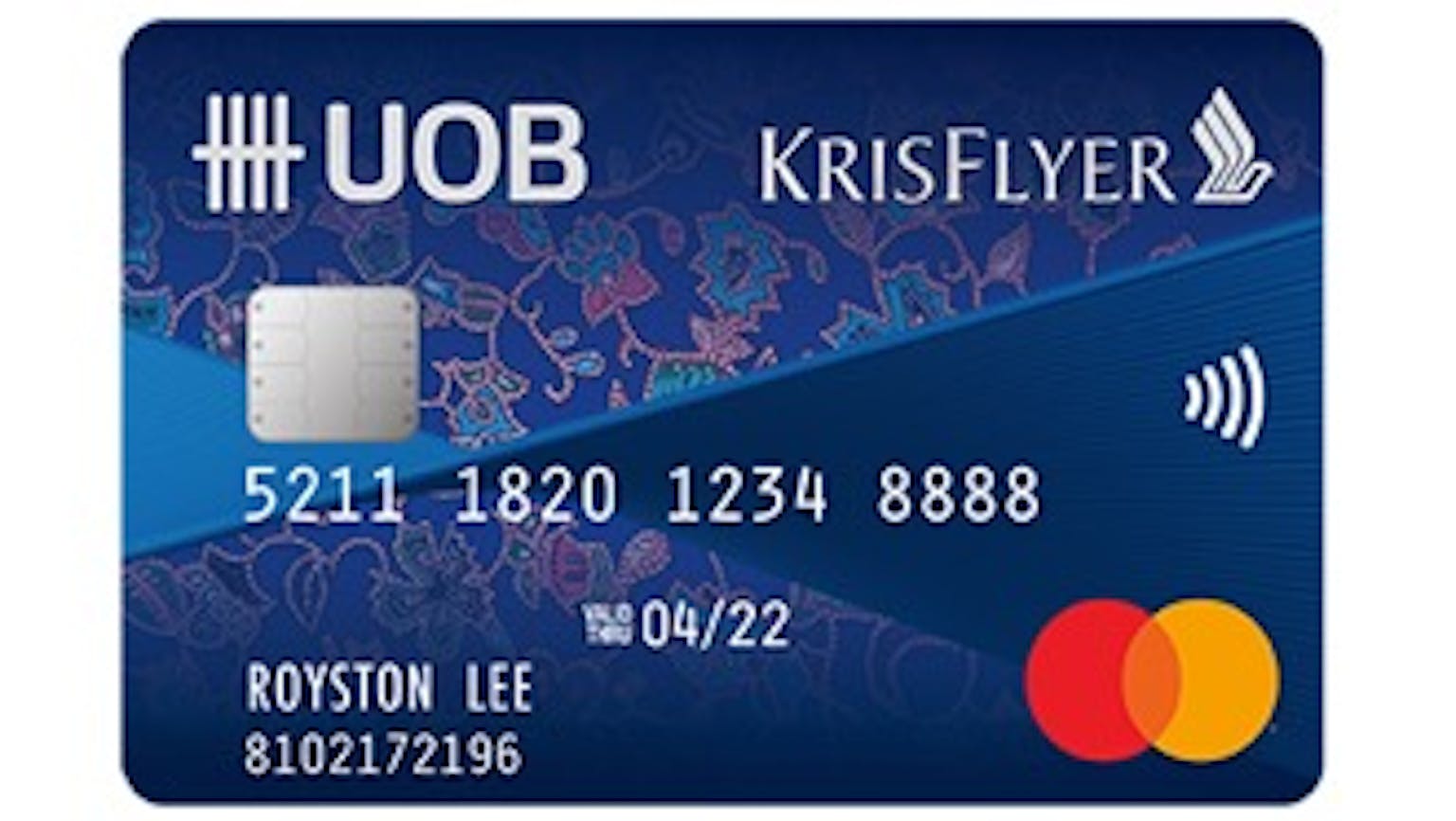
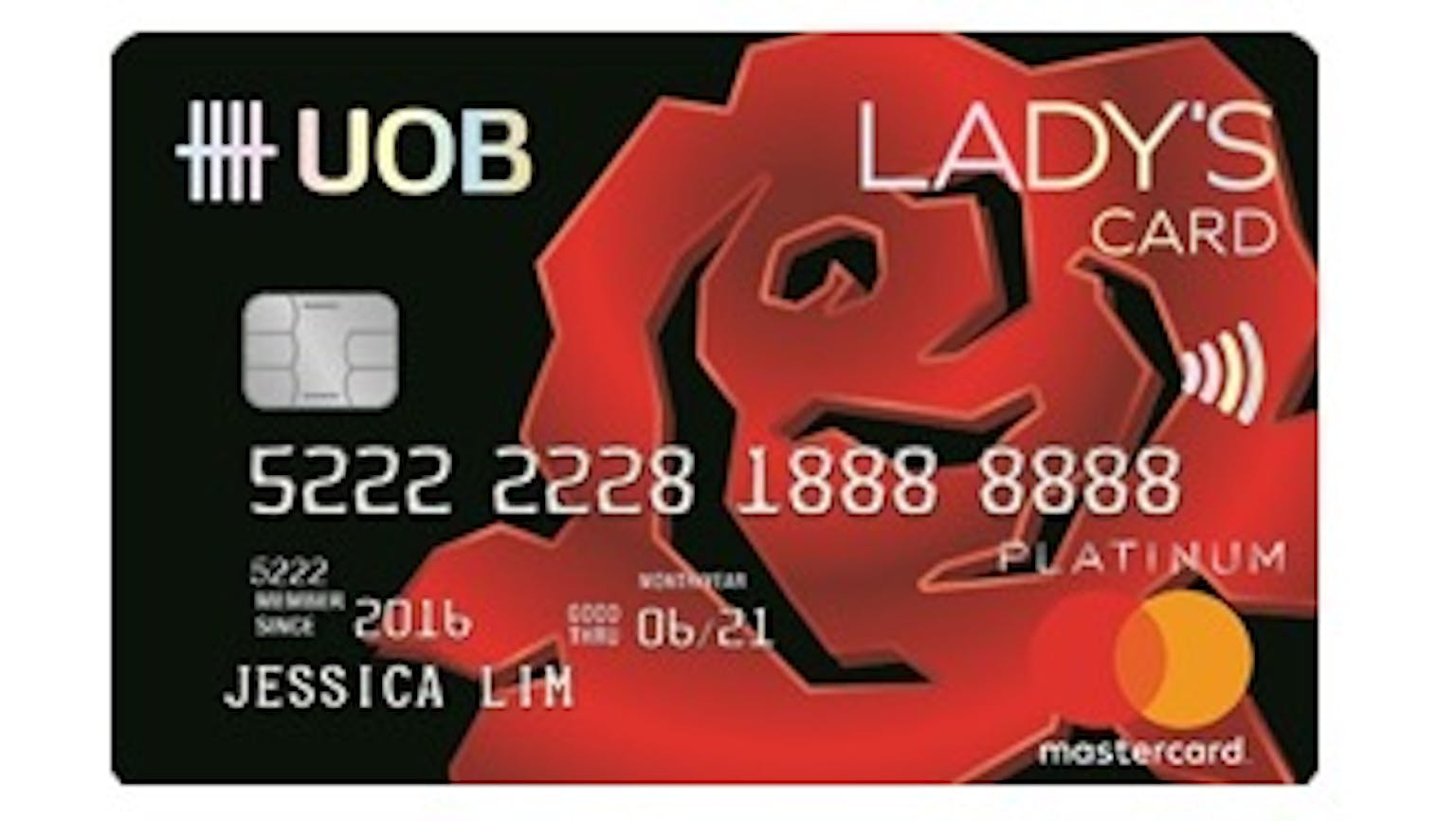





Please leave your knowledge and opinion!